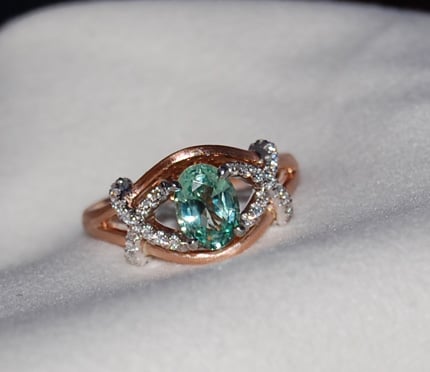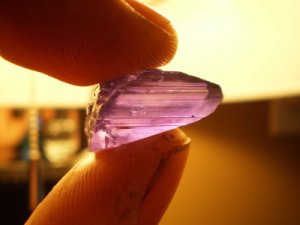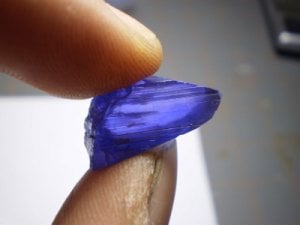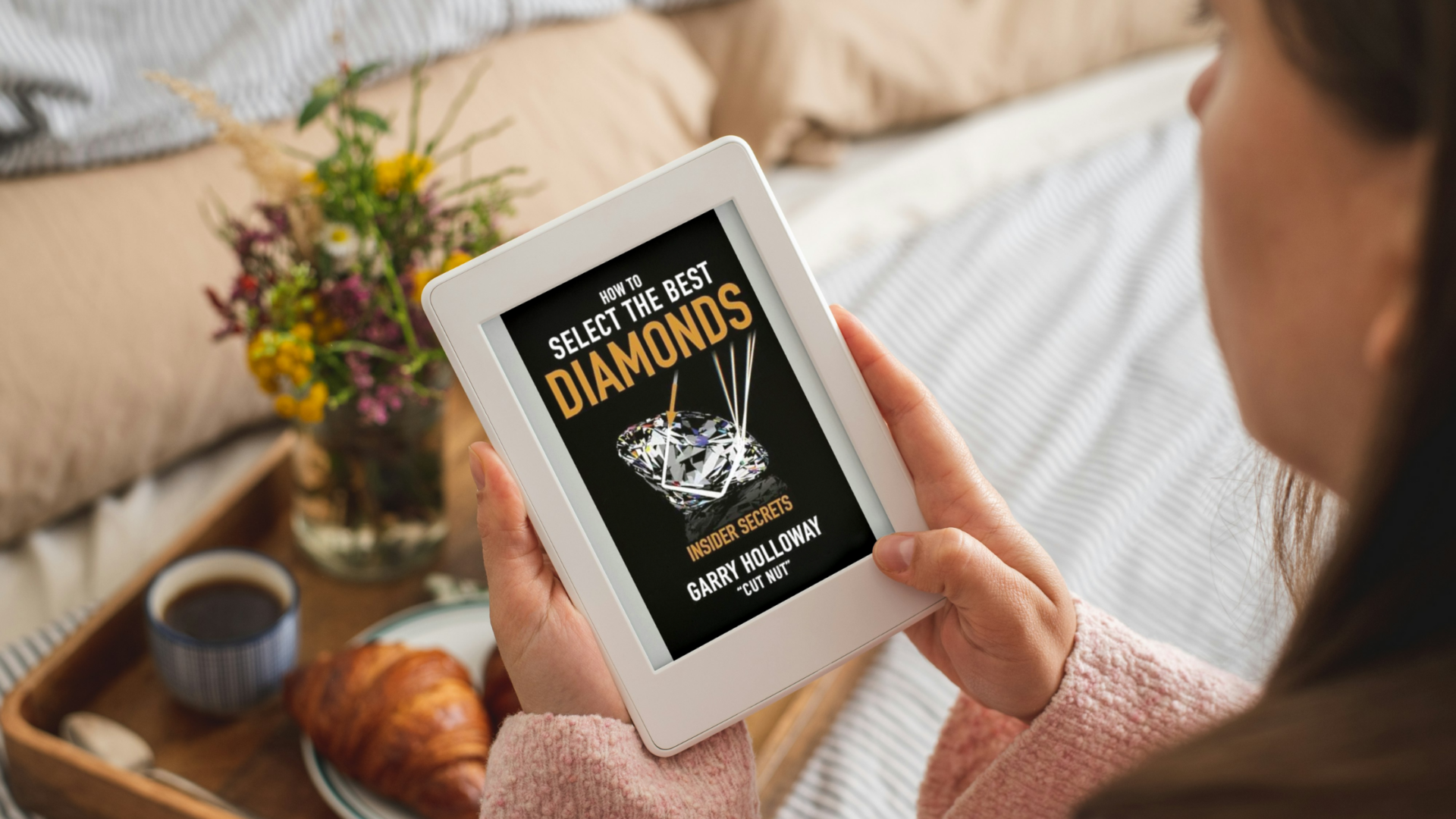- Joined
- Jun 29, 2008
- Messages
- 10,261
Ok gem buffs, I need your brains on this one please!
I bought a 1.35ct Vanadium Chrysoberyl from AJS. It''s a glorious minty green colour in the day and looks exactly like the Vendors picture (see below).
This is where it gets strange ...............
At night the mintyness completely disappears and in incandescent light I see silver/grey/pink - no green at all. It''s almost like a weak colour change of an Alexandrite. Of course, being from the same family there is every possibility that it has a predisposition to change colour but this is just odd!
It also has VERY strong fuscia pink fluorescence.
So, my questions, as I can''t seem to find answers anywhere:-
1. Do all members of the Chrysoberyl family have a tendancy to colour change?
2. Should a Vanadium Chrysoberyl change colour?
I apologise for the lousy photographs but, as with Alexandrite, I cannot capture the daylight minty green at all.
I bought a 1.35ct Vanadium Chrysoberyl from AJS. It''s a glorious minty green colour in the day and looks exactly like the Vendors picture (see below).
This is where it gets strange ...............
At night the mintyness completely disappears and in incandescent light I see silver/grey/pink - no green at all. It''s almost like a weak colour change of an Alexandrite. Of course, being from the same family there is every possibility that it has a predisposition to change colour but this is just odd!
It also has VERY strong fuscia pink fluorescence.
So, my questions, as I can''t seem to find answers anywhere:-
1. Do all members of the Chrysoberyl family have a tendancy to colour change?
2. Should a Vanadium Chrysoberyl change colour?
I apologise for the lousy photographs but, as with Alexandrite, I cannot capture the daylight minty green at all.









300x240.png)